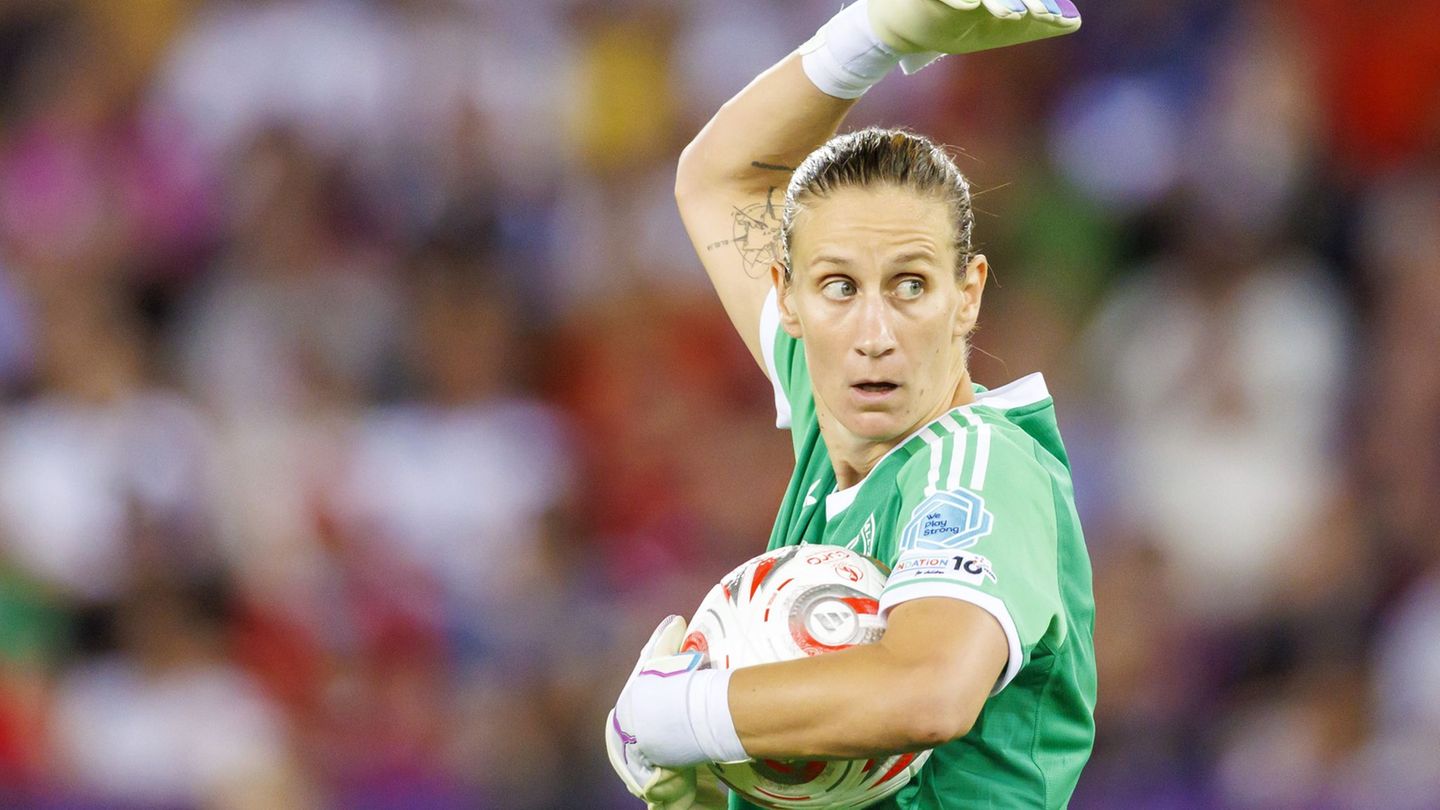Although it is not ruled out that, due to the price increase and the loss of purchasing power of consumers, the domestic demand for beef suffershighlight that government programs can help contain the fall.
According to the report published by the Chamber of Meat Industry and Commerce (CICCRA), between January and August of this year, meat processing establishments produced 2.2 million tons of bone-in beef (tn/r/c/h), which which represented 8.4% more than the same period in 2022. “The phenomenon of extraordinary drought that affected the producing areas of the country was the main explanatory factor for the growth of slaughter and, therefore, of beef production,” the entity analyzed.
Meanwhile, in the first eight months of the year647,000 tons were exported beef with beef bone, that is 8.6% more than in the same period of 2022. “Consequently, in the period analyzed, The apparent consumption of beef in our country would have amounted to 1.5 million of tn r/c/h. This volume would have been 8.3% higher than that recorded in January-August of last year,” explained from CICCRA.
And they detailed that “the moving average of the last twelve months of apparent beef consumption was 51.1 kg/inhabitant/year in August 2023 and was 5.6% above the figure corresponding to August 2022”. This waythe growth exhibited in July slowed, when the average consumption per inhabitant grew by 8.5%. Although it continues to be above the August figures for the years 2020 (it was 50.7 kg/h) and 2021 (48.4 kg/h).
When analyzing the factors that may explain why beef consumption has remained on the rise during August, despite the sharp jump in prices, Miguel Schiariti, head of CICCRA, told Ámbito: “The August price increases were in recent weeks and had not been fully passed on to the public yet. That is the reason why there was an increase in consumption. Furthermore, consumption has to do with production, which was high, minus exports, which were low. We give the balance as apparent consumption.” Looking at what may happen in the coming months, he said: “We have to see how the measures adopted by the Government, the ‘Plan Platita’ that Massa is promoting, work. If it works, consumption is likely to recover.”
Prices
This increase in the apparent consumption of beef for the average of the last twelve months occurred in a context in which the different cuts rose above the general level of inflation.
In this regard, CICCRA indicated that the devaluation of the official dollar after the PASO “generated a rapid transfer to (wholesale and retail) prices.” “Beyond the overreactions that may have existed, the truth is that the general level of consumer’s price index referring to Greater Buenos Aires rose 12.3% with respect to July and In this way, the interannual increase reached 125.2%”, they explained.
In the case of the chapter food and non-alcoholic beverages, the monthly variation reached 15.2%, as a result of the increase in 16.2% of food. “And in this scenario of acceleration of the inflation rate, which had a strong impact on the value of standing property (+53.4% monthly), beef Not only was it not the exception, but registered an increase of 34.4% compared to Julyeven surpassing the sharp adjustment that had been shown in February of this year (+32.8%)”, the entity noted.
Meanwhile, when comparing the interannual variation of the chapter food and drinks, An increase of 135.6% was recorded, while the average of the main beef cuts reached 133.5%. “It has been fifteen months since there has been a year-on-year increase in the price of beef greater than the general level of consumer prices (125.2%). This caused the gap between the pace of increase in the average price of beef cuts and the general level of the CPI to reverse and remain at 3.7% in favor of the former,” CICCRA concluded.
Source: Ambito




